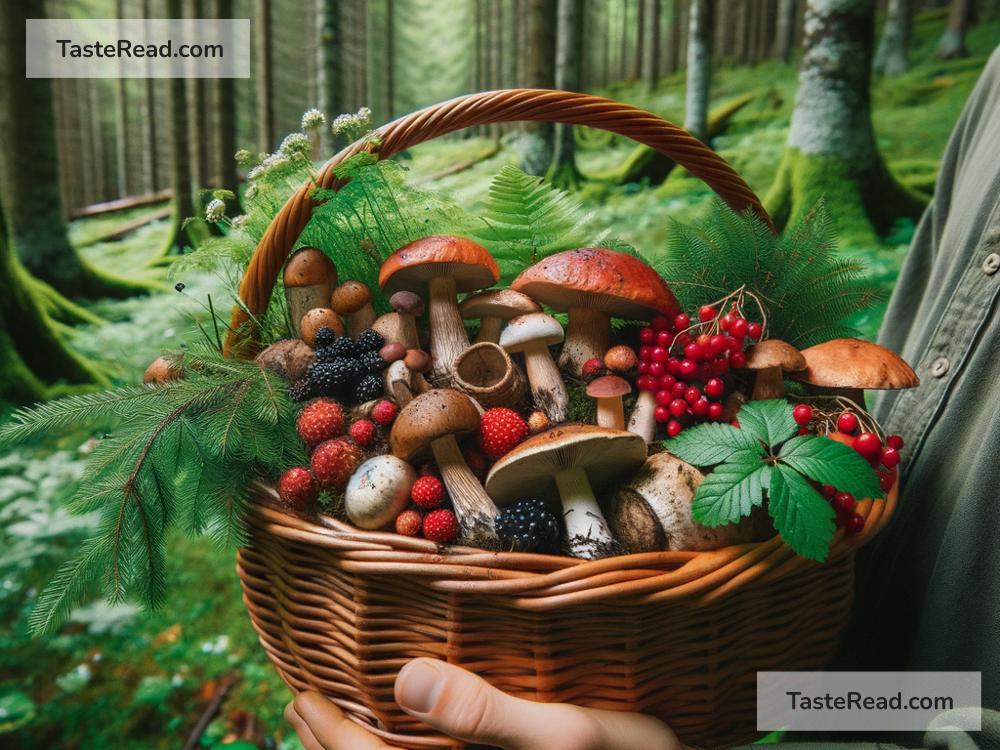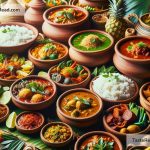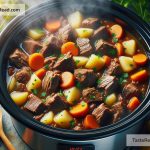Discovering the Flavors of Wild Ingredients: Foraging and Cooking Adventures
In the busy hum of our daily lives, where supermarket aisles and fast food joints dictate our eating habits, a quiet revolution is taking place. A growing number of food enthusiasts are venturing into the wild, turning over leaves, and peeking under logs—not for the thrill of the hunt, but for the joy of foraging. This return to nature doesn’t just offer a breath of fresh air; it opens up a world of flavors untasted by many. Let’s dive into the adventure of discovering wild ingredients through foraging and how it transforms our cooking experiences.
The Joy of Foraging
Foraging refers to the act of searching for and harvesting wild food resources. This ancient practice connects us to our hunter-gatherer ancestors and to the land itself. Today, foraging is making a remarkable comeback as people seek more sustainable, healthful, and meaningful ways to consume food.
The thrill of foraging lies in the discovery. Imagine walking through a forest, your eyes scanning the underbrush, and there it is—a burst of wild berries or a clump of edible mushrooms. Each find is a small treasure, a gift from nature waiting to be transformed into a culinary delight.
Wild Ingredients: A Gateway to New Flavors
Wild ingredients are a testament to the incredible diversity of nature’s pantry. From nettles that can be cooked into a delicious soup to wild garlic that can transform a simple pesto, the flavors of wild ingredients are as varied as they are unique.
One of the greatest joys of cooking with wild ingredients is the experimentation it allows. Wild herbs, fruits, and greens can vary in flavor depending on their location and the season. This variety challenges the cook to be adaptable, to taste, and to tweak recipes in a way that store-bought ingredients rarely demand.
Nutritional Bounty
Apart from their unique flavors, wild foods are often packed with nutrients. Many wild greens have higher levels of vitamins and minerals than their domesticated counterparts. Foraging not only spices up your menu but can also contribute to a healthier diet.
Mindful Harvesting
An important aspect of foraging is the mindfulness it requires. Not every plant is edible; some can be outright dangerous. This necessitates doing your homework—learning from seasoned foragers, reading up on local flora, or even participating in foraging workshops.
Equally important is sustainable foraging—taking only what you need, being mindful of not overharvesting, and leaving no trace of your presence. This respect for nature ensures that the wild pantry remains stocked for future foragers.
Integrating Wild Ingredients into Your Cooking
Incorporating wild ingredients into your cooking can start simply. Begin with a single wild herb, adding it to a dish you’re familiar with. For example, wild garlic can be used in place of cultivated garlic for a fresh twist on garlic butter or pasta. As you become more comfortable and adventurous, you might graduate to more complex dishes entirely composed of foraged ingredients.
One of the beautiful things about cooking with wild ingredients is storytelling. Each dish becomes a narrative of your adventure—where you found your ingredients, the challenges faced, and the discoveries made. Sharing these dishes with friends and family adds another layer of enjoyment, turning a meal into an experience.
The Adventure Awaits
For those looking to embark on their own foraging and cooking adventures, the world is filled with resources to help you start. Books, websites, and local foraging groups can provide the knowledge and confidence needed to begin. Remember, the goal isn’t just to find food but to connect with the environment and understand the land’s rhythms and offerings.
Foraging is more than a hobby; it’s a journey back to our roots, a rekindling of a bond with nature that many of us have lost. It teaches us patience, respect, and gratitude for the natural world. And, as a bonus, it offers a culinary adventure that broadens our palates and enriches our tables.
So, lace up your boots, grab a basket, and step into the wild. You never know what delicious discovery awaits around the next bend.


